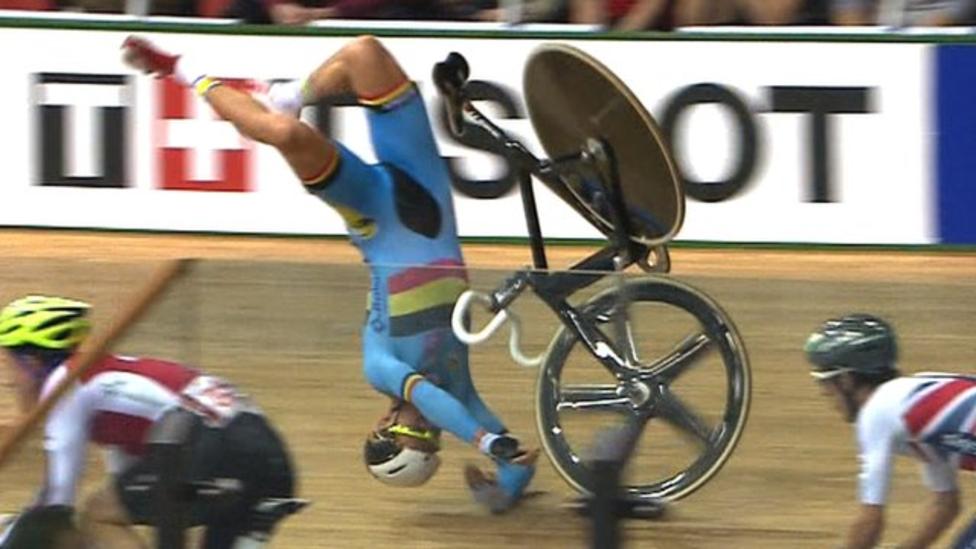A recent study conducted at Virginia Tech has resulted in a new system that rates bicycle helmets in terms of safety based on crash test simulations.
The program tested 30 adult helmets, looking at road-style models and urban style models and rating them from one star to five stars.
Four earned the highest rating of 5 stars, two earned 2 stars, and the rest were in the 3-4-star range. Of the four 5-star helmets in the initial test group, all are equipped with a Multi-Directional Impact Protection System (MIPS). This technology creates a low-friction layer inside the helmet.
“Our goal with these ratings is to give cyclists an evidence-based tool for making informed decisions about how to reduce their risk of injury,” said Steve Rowson, director of the Virginia Tech Helmet Lab. “We also hope manufacturers will use the information to make improvements.”
“In cycling, we saw an opportunity to reach a broad cross section of the public and bring a new level of safety to an activity with a wide range of other benefits,”.
Perhaps surprisingly to some, the “urban” style helmets that look like they cover more of the head appear to provide less protection than the sleeker road helmets, the Virginia Tech team said.
“We found the urban-style helmets performed a little bit worse. I think there’s room for those to be improved upon in the future,” said graduate student Megan Bland, who worked on the study.
According to Bland, the MIPS helps to reduce impact forces that jostle the brain and cause concussions and other head injuries.
“The idea behind MIPS is that, when the helmet hits the road and sticks initially due to the high friction, your head actually slides relative to the helmet,” said Bland.
“MIPS is a technology inside the helmet that reduces rotation of the head during impact. This reduces brain injury risk by minimizing strains in the brain,” added Rowson.
A database maintained by the Consumer Products Safety Commission pegged the number of cycling-related head injuries treated in U.S. emergency rooms every year at more than 80,000, and the number of cycling injuries overall is on the rise. Current data suggest that wearing a helmet reduces a cyclist’s risk of head injury by more than 50 percent. For severe head injuries, the protective benefit is even greater.














